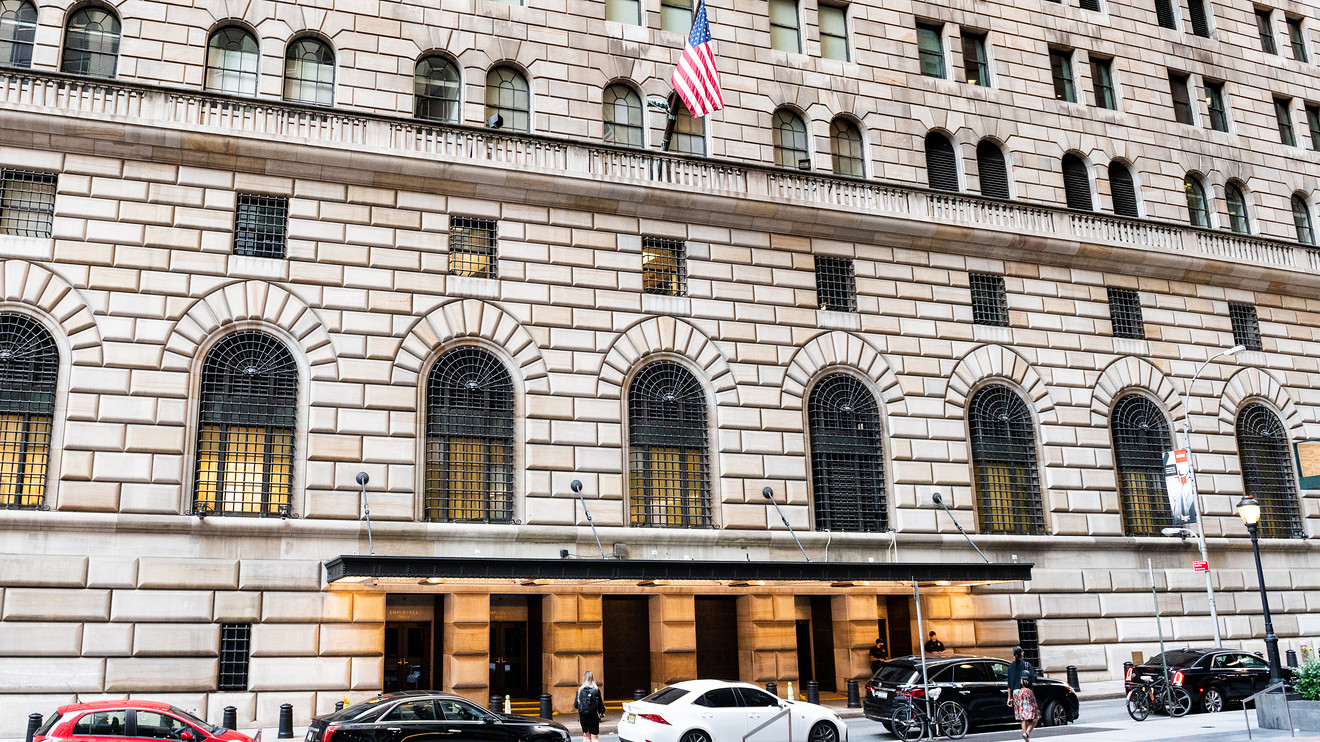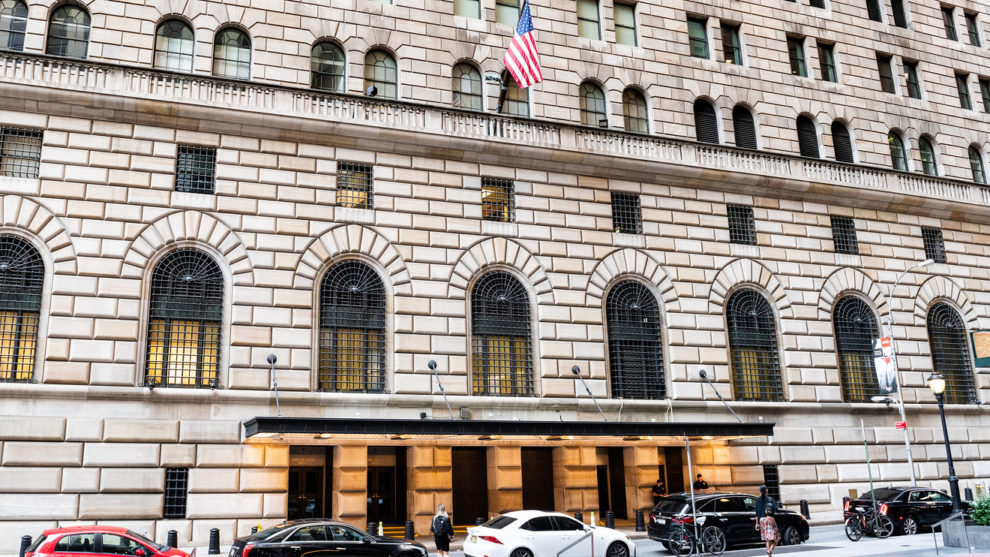
Chaos in short-term funding markets this week led the Federal Reserve to step in with a series of overnight rescue operations to help keep credit flowing through the financial system.
Here are five things to know about who is seeing the biggest impact from gyrations in overnight lending rates, which spiked again on Tuesday to almost 10%, a steep jump from the Fed’s prior desired 2%-2.25% range.
The Fed’s rate-setting committee on Wednesday, in a split decision, voted to cut the federal funds rate to a 1.75% to 2% range, while stating that it will continue to monitor incoming economic data and will act “as appropriate” to sustain the expansion and inflation near its 2% target.
Who is bearing the brunt of higher repo rates?
Broker-dealers, hedge funds and other institutional investors who rely on leverage to run their operations are seeing the biggest impact of higher overnight repo rates, said Stephen Stanley, chief economist at Amherst Pierpont, which in May became one of 24 primary dealers in the U.S. Treasury debt market.
“The repo market is the market where people running leveraged positions borrow,” Stanley told MarketWatch in an interview. “Obviously, that doesn’t apply to 401(k) funds or mutual funds, where you are investing real money without leverage.”
What sort of reaction has the Federal Reserve Bank of New York seen this week from its open market repo operations?
The Fed on Tuesday offered $75 billion through its facility and saw $53 billion of demand from borrowers like banks and dealers, allowing them to swap lower-risk Treasury holdings for cash at minimal rates. On Wednesday, the Fed again offered the same $75 billion facility and received $80 billion in bids.
“This second operation was planned and executed in a better fashion than yesterday’s, and we view the incremental $22 billion as market participants making sure they have all the funding they need in a time of uncertainty,” wrote Brian Reynolds, chief market strategist at Reynolds Strategy, in a Wednesday note to clients.
Could the Fed be forced to step in again on Thursday?
It’s very likely. Repo rates were quoted around 2.50% after Wednesday’s Fed operation, after spiking at times to 4% and 5% earlier in the morning – and as high as almost 10% following Monday’s operation, according to Amherst Pierpont’s Stanley.
“For the moment, it feels like the Fed has gotten ahead of things,” he said. “But it’s probably premature to declare final victory, and depends if rates creep up again.”
Could disruptions in overnight rates lead to another crisis?
Not according to economists at Credit Suisse, who said Wednesday that the Fed will not lose control of interest rates if it maintains a flexible balance sheet to keep rates on target.
“Today isn’t the day,” wrote economists at Credit Suisse led by James Sweeney. “This is not a collapse of interbank lending driven by precautionary demand. Speculative demand is at work now, meaning relative supply and demand in various funding markets is contributing to the upside risk in repo rates, but without any precautionary hoarding.”
Check out: Fed decision and Jerome Powell press conference: live blog and video
What could the Fed do to bring more permanent calm to the market?
UBS economists said they expect more repo operations with the primary dealers, in a note to clients Wednesday. “Before the financial crisis, the Fed did daily repo operations. There was also a book of term repos. The Fed will now likely err on the side of caution and keep offering repo operations to the primary dealers,” wrote the UBS economists led by Seth Carpenter.
“In fact, the Fed has regularly said that they want to leave enough reserves for market functioning and then a buffer to avoid these sorts of swings.”






